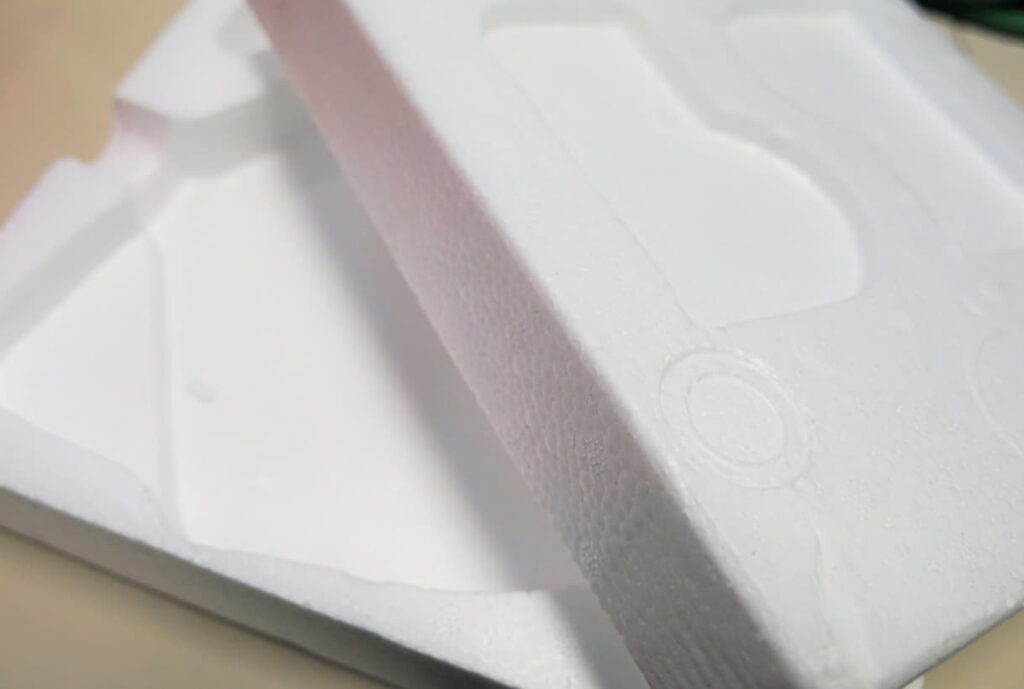Polystyrene packaging, commonly known as Styrofoam, is a widely used material in the food industry. From takeout containers to coffee cups, this lightweight and affordable material has become a staple in our daily lives. However, once its intended use is over, polystyrene packaging often ends up in landfills and takes hundreds of years to decompose. In this guide, we will shed light on the importance of polystyrene packaging recycling.
The Environmental Impact of Polystyrene Packaging
The environmental impact of polystyrene packaging is significant. Its long decomposition period means that it takes up precious space in landfills, and its lightweight nature makes it easily carried by the wind, polluting our oceans and natural habitats. Polystyrene packaging also releases harmful chemicals when burned, contributing to air pollution.
The Benefits of Polystyrene Packaging Recycling
Recycling polystyrene packaging can greatly reduce its environmental impact. By recycling, not only do we keep it out of landfills, but we also give it a second life. Recycled polystyrene can be turned into many useful products such as picture frames, insulation, and even surfboards.
The Process of Polystyrene Packaging Recycling
Polystyrene packaging recycling starts with a collection. Many cities now offer special polystyrene recycling programs, where residents can drop off their used packaging at designated facilities. These programs are growing in popularity and have helped to increase the amount of polystyrene packaging that is recycled each year.
Once collected, the polystyrene packaging is sorted and cleaned. This process involves removing any food or other contaminants from the packaging. Next, the clean packaging is compacted into large bricks and transported to a recycling facility. At the facility, the bricks are melted down and turned into small pellets. These pellets can then be moulded into new products.
How to Recycle Polystyrene Packaging
Recycling polystyrene packaging is easy. Many cities have designated polystyrene recycling bins where residents can drop off their used packaging. If there is no polystyrene bin in your area, look for a drop-off location on the website of local recycling centres or call your local waste management agency to ask about recycling programs.
Conclusion
In conclusion, polystyrene packaging recycling is crucial for reducing the impact of this material on the environment. It’s important to remember that polystyrene packaging can be recycled and turned into new products, which not only reduces waste but also conserves resources. By recycling polystyrene packaging, we can close the loop and create a more sustainable future for generations to come.

